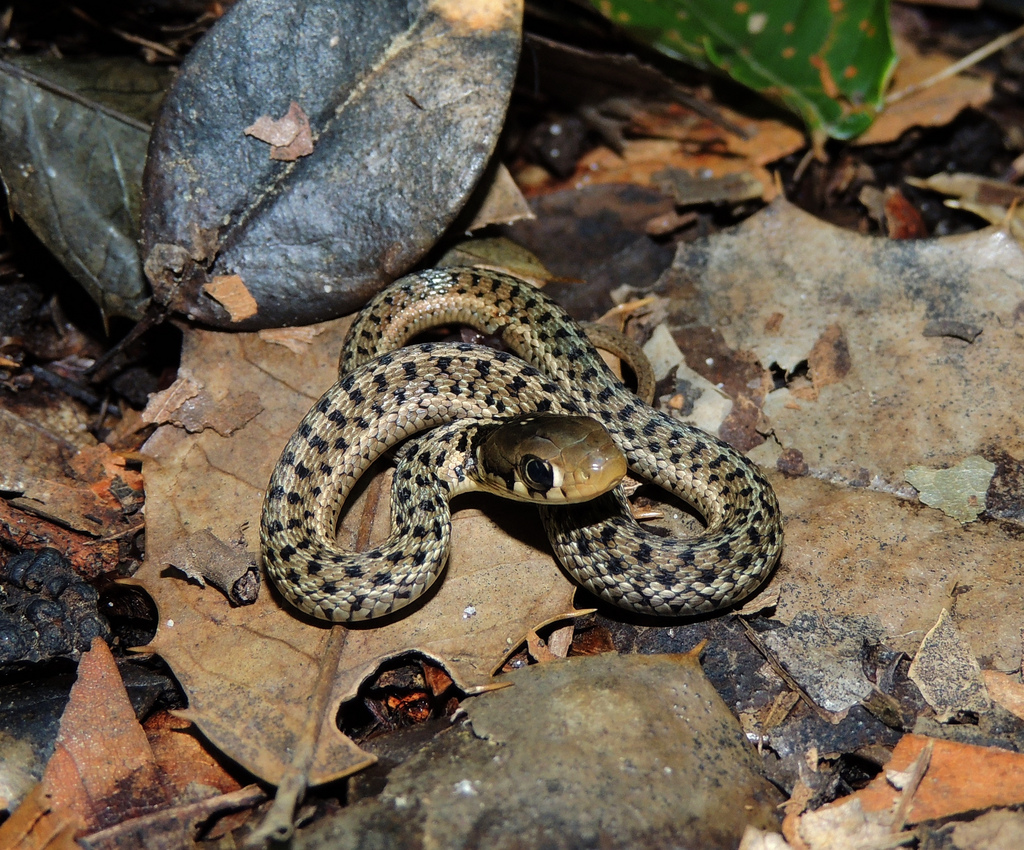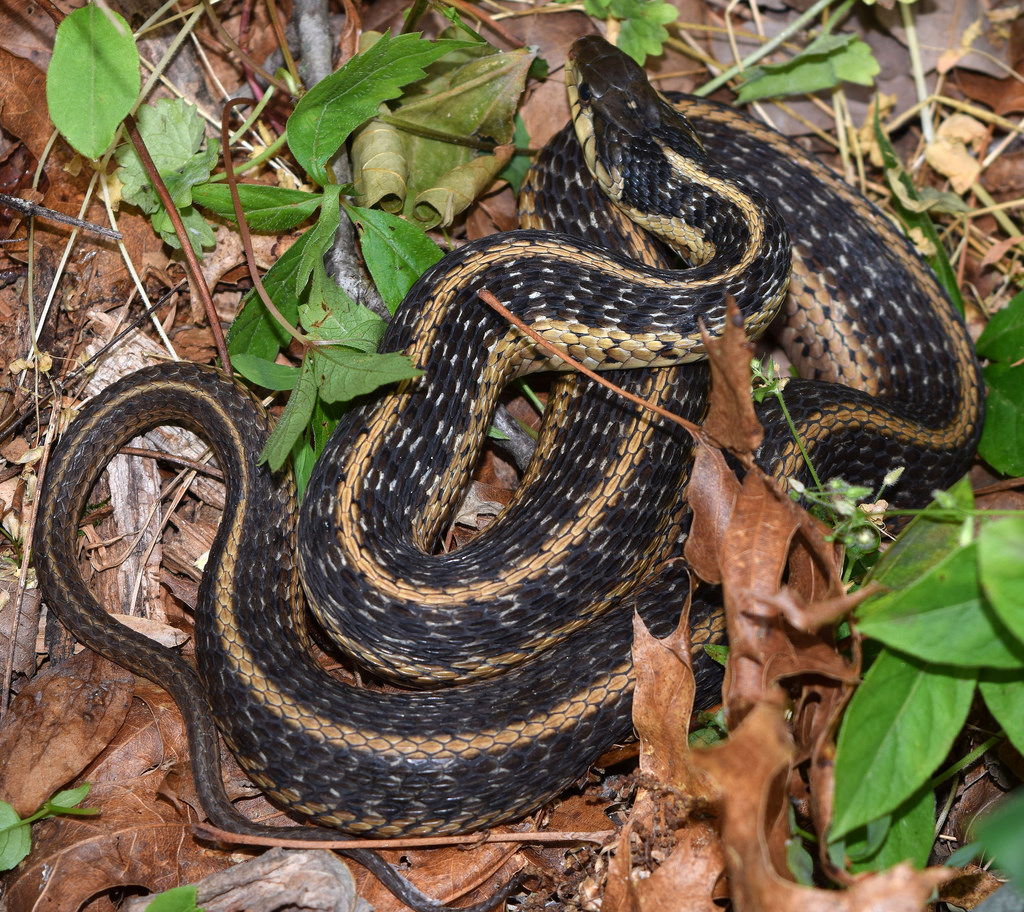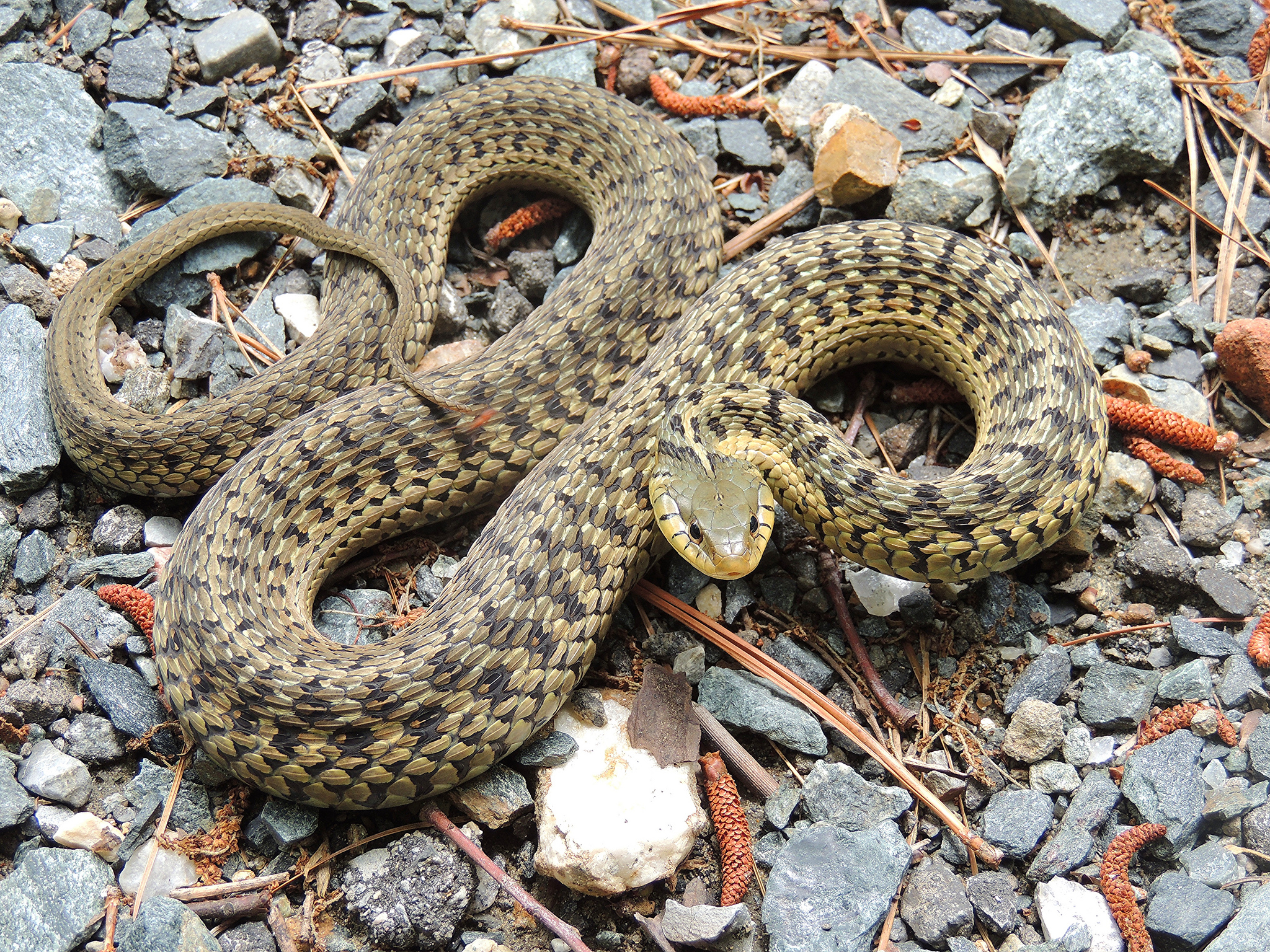Maryland Snakes: Your Easy Guide To Common Species
Are you curious about the slithering residents of Maryland? Snakes, often misunderstood, play a vital role in the state's ecosystem, acting as natural pest controllers and contributing to the overall health of the environment.
Snakes, belonging to the suborder Serpentes, are limbless reptiles characterized by their elongated bodies and scales. These creatures have successfully adapted to a wide range of environments, making them an integral part of various ecosystems across the globe. In Maryland, the snake population contributes to the state's biodiversity, with various species exhibiting unique adaptations and behaviors.
Maryland's snakes are an essential part of the state's fauna. These creatures function as vital predators, especially controlling populations of mice, rats, and other animals that might otherwise become overabundant. This natural role that snakes play highlights their importance in the ecological balance of Maryland's landscapes.
| Attribute | Details |
|---|---|
| Number of Snake Species in Maryland | Approximately 27 |
| Common Non-Venomous Snakes | Eastern Ratsnake, Common Gartersnake, Northern Watersnake |
| Venomous Snakes | Copperhead, Timber Rattlesnake |
| Key Role | Predators, controlling rodent and pest populations |
| Habitat | Diverse: forests, wetlands, backyards, urban areas |
| Conservation Status | Generally stable, though habitat loss and road mortality pose threats |
| Interesting Fact | Eastern Ratsnakes are the largest snake species in Maryland. |
For more detailed information, visit the Maryland Department of Natural Resources website, which offers comprehensive resources.
The Old Line State's geographic position, nestled along the Mason-Dixon Line, places it in a transitional zone, resulting in a moderate snake diversity compared to states further south. Maryland's snake diversity places it in the higher middle range of snake diversity among all states. The state's varied topography, including the coastal plains, piedmont, and Appalachian regions, provides a mosaic of habitats suitable for a diverse array of snake species.
Identifying snakes can be a rewarding pursuit for nature enthusiasts. The Eastern Ratsnake, often seen in backyards, is a large species with a sleek black or brown body and a white underbelly. The Northern Watersnake, another frequently encountered species, exhibits distinctive dark markings. The Rough Greensnake, a more slender, bright green species, is an insectivore, commonly found in grassy areas.
The Common Gartersnake is readily recognizable and found throughout Maryland. It is generally common to abundant in many areas, and often seen in backyards. Another commonly seen snake is the Northern Watersnake, frequently observed basking on rocks or logs near bodies of water.
Of the 27 snake species found in Maryland, only two are venomous: the Copperhead and the Timber Rattlesnake. The Timber Rattlesnake is a venomous species found in Maryland, which is more widespread in other eastern states. Copperheads are pit vipers, named for the heat-sensing pits located between their eyes and nostrils. Timber rattlesnakes are characterized by a segmented rattle at the end of their tail.
The Timber Rattlesnake is distinguished by a base gray color, along with black crossbands and brown coloring. This species is known for its venomous bite. The Copperhead, is another species, can grow up to six feet in length and has brown or black chevron-shaped markings on its body.
It's important to distinguish between the venomous and non-venomous species in Maryland. While some snakes possess venom, the majority of species are harmless to humans. The most commonly encountered snakes are not poisonous, and they play a helpful role in controlling rodent and pest populations. Snakes are generally helpful as they eliminate rodents and other pests.
The Eastern Ratsnake stands out as one of the largest snakes in Maryland, making it a frequent visitor in backyards. The Eastern Ratsnake is our largest snake in maryland and is a common visitor in backyards. Rat snakes typically have black bodies and white markings. These snakes can grow to a significant size. While most attention on snakes focuses on venomous species, the truth is that the most common snakes in maryland are not poisonous. These snakes are generally helpful as they eliminate rodents and other pests.
Garter snakes are frequently encountered in backyards, particularly remote or wooded ones. They come in a variety of colors, including green, black, or brown, usually with a white or yellow stripe that runs down the back of the body. The eastern garter snake species is known to be one of the most abundant snakes in Baltimore. The common gartersnake occurs in every maryland county and is generally common to abundant (maryland dnr).
Maryland's diverse landscapes provide habitats for various snake species. Many species are often mistaken for each other due to similarities in their appearances and behaviors. To enhance identification skills, it's beneficial to study the distinctive characteristics of each species. This is especially true since many of them have similar appearances and behaviors. Figure out the identity of the specific snake you are observing can be challenging.
The Rough Greensnake, a slender, bright green snake, is a common resident of Maryland's grasslands and shrubby areas. The Rough Greensnake scales are more keeled, or rough. This insectivore reaches lengths of 20 to 30 inches and has a bright green body with white to yellow bellies. Formerly known as northern rough snake.
Maryland is home to over 100 lakes, hundreds of miles of rivers, and countless ponds, swamps, and other bodies of water, all of which make wonderful homes for water snakes. They are most often seen basking on rocks or logs in or near the water. The Northern Watersnake, a subspecies of the Common Watersnake, is the most common water snake in Maryland. The Northern Watersnake is a subspecies of the Common Watersnake.
The rarer species include the Mole Kingsnake, a fossorial snake that spends much of its time underground, often hibernating during the day and emerging at night to hunt for food. The Mole Kingsnake is nonvenomous and are a frequent victim of road deaths while attempting to cross busy roads at night throughout the state. The Mole Kingsnake is nonvenomous, though they readily musk, and may nip if handled.
One of the most critical challenges facing snake populations is habitat loss. The steady encroachment of development and agriculture reduces the available space for these reptiles. This leads to fragmentation of habitats, which limits the gene flow between populations and makes them more vulnerable to localized extinctions. Another threat is road mortality. Snakes crossing roads are often hit by vehicles, resulting in a significant number of deaths each year. Drive slowly on country roads just after sunset and look for snakes crossing roadways.
The spread of snake fungal disease, caused by the fungus Ophidiomyces ophiodiicola, poses another threat. Due to their diet of eating other snake species, kingsnakes are a key factor in the spread of ophidiomycosis. The fungal disease affects various snake species, causing skin lesions and impacting their overall health and survival rates. Research is ongoing to understand the disease and find ways to mitigate its impact.
Maryland's snakes also face climate change. As temperatures rise and weather patterns shift, the snakes' habitats and behaviors are likely to be affected. Changes in temperature and precipitation can disrupt their life cycles, affect the availability of prey, and alter their hibernation patterns. The state's snakes have adapted to the regional climate. Climate change presents a potential challenge to the long-term survival of many of the state's snake species.
The state's commitment to conservation efforts is crucial for protecting its snakes. This involves habitat preservation, habitat restoration, and public education. Conserving the natural habitats is vital, ensuring that snakes have the resources they need to survive and thrive. Habitat restoration projects, such as re-establishing native vegetation, can improve the quality of snake habitats. Public education initiatives help to dispel misconceptions about snakes and promote the importance of their conservation.
By recognizing the value of snakes and supporting conservation efforts, Maryland can ensure the long-term survival of these fascinating and essential creatures. Several of marylands snakes possess venom, but only the copperhead and the timber rattlesnake have medically significant venom known to cause adverse reactions in humans.
In Maryland, the snakes are an integral part of the ecosystem. Understanding the characteristics of these species helps in their identification. The state's various habitats and the roles snakes play in the environment makes them an important aspect of the state's wildlife. The beauty of Maryland's snake population makes their conservation a priority.


